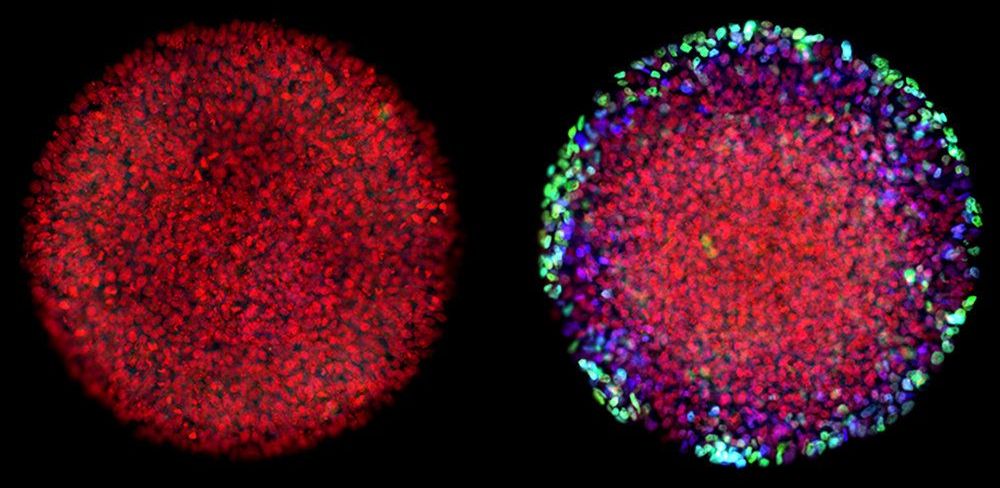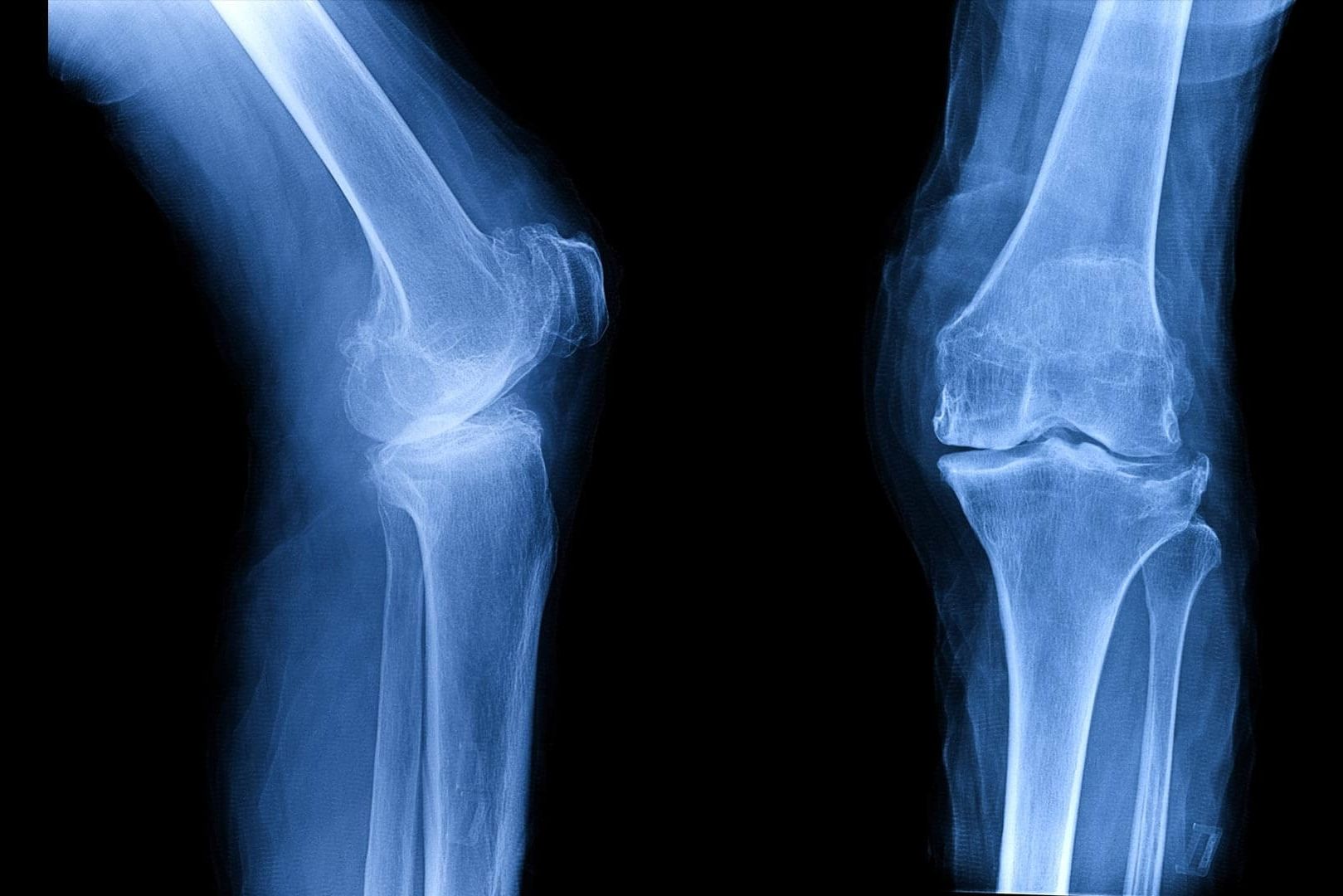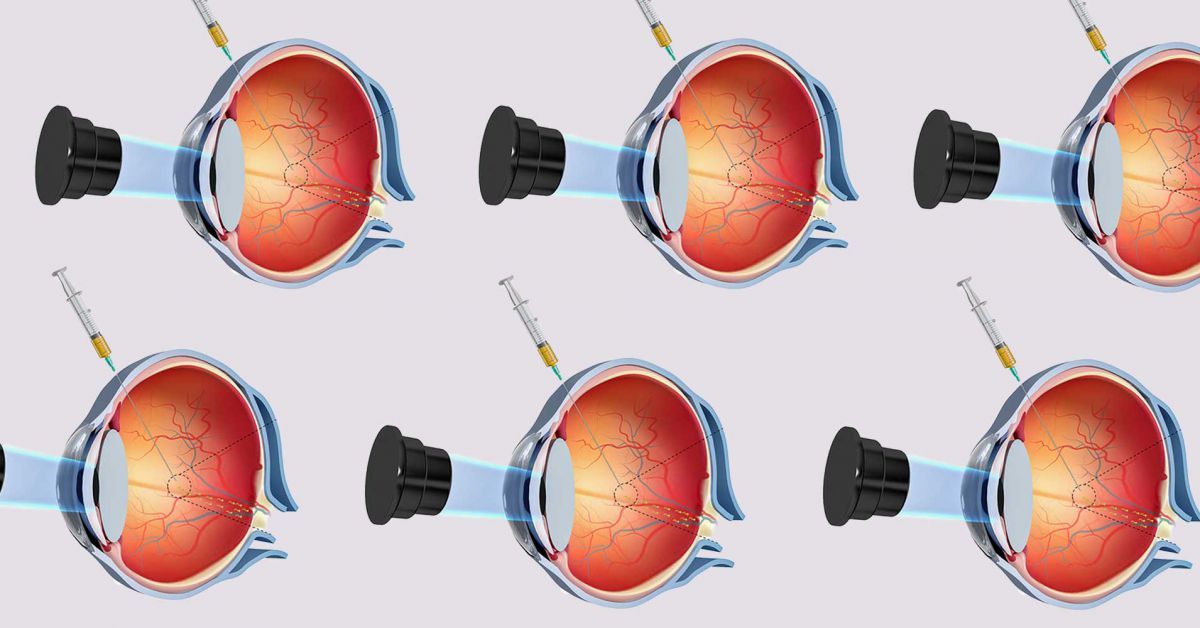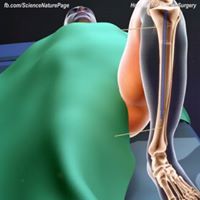Nov 8, 2018
Embryos remember the chemicals that they encounter
Posted by Xavier Rosseel in category: biological
We all start out as a clump of identical cells. As these cells divide and multiply, they gradually take on distinct identities, acquiring the traits necessary to form, for instance, muscle tissue, bone, or nerves. A recent study from Rockefeller scientists offers new insight into how these cellular identities are cultivated over the course of development.
According to the study, published in eLife, cells retain a memory of the chemical signals to which they are exposed. And, the researchers show, embryos that fail to form these memories remain a clump of clones, never realizing their unique biological potential.


















